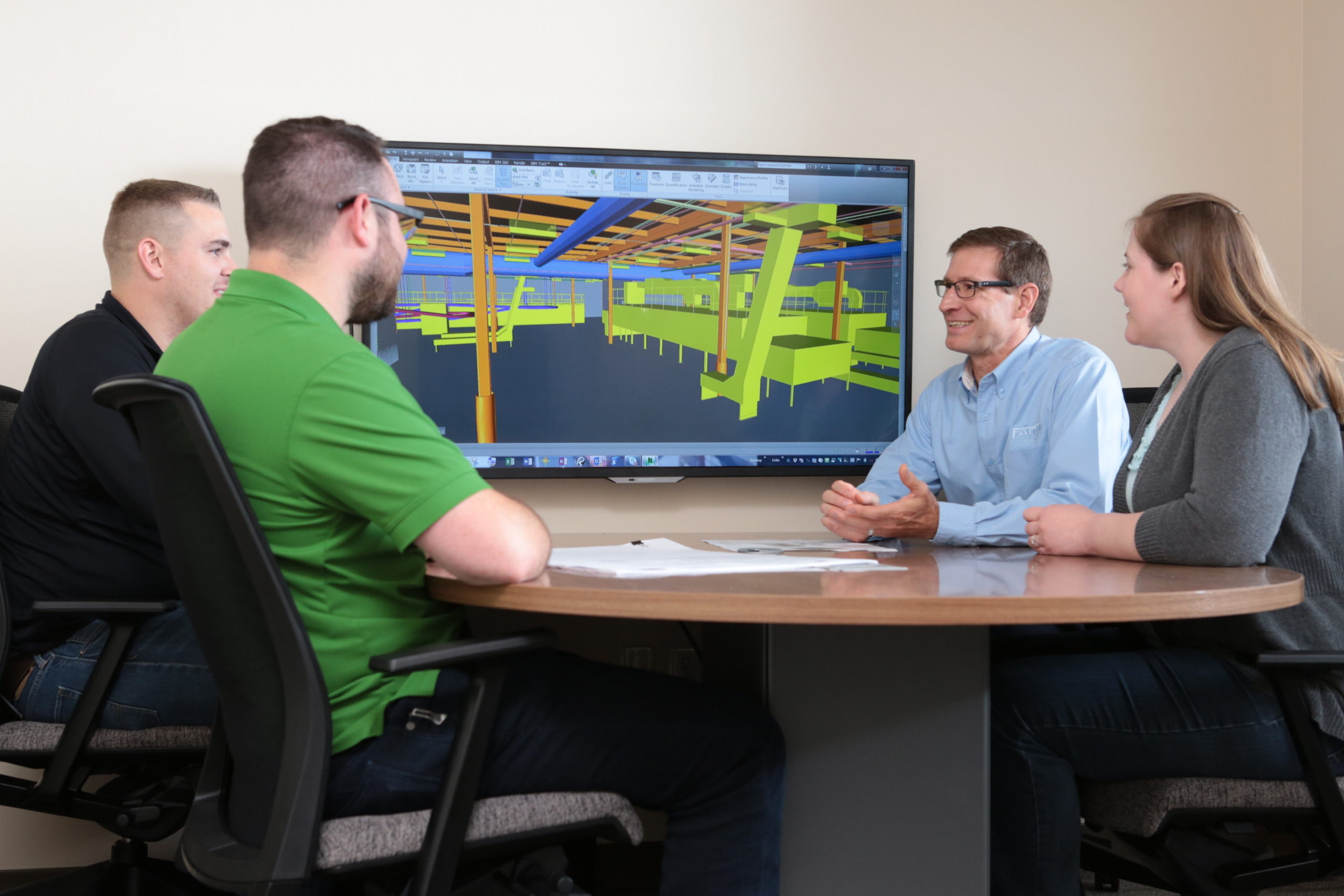01.11.2022
Innovation Accelerators
 How can you encourage a culture of experimentation within your organization and accelerate a slow pace of innovation your company may be exhibiting? Exemplary leadership cultivates success much faster than throwing money at an opportunity alone. There are numerous tools and techniques to help speed up the curve.
How can you encourage a culture of experimentation within your organization and accelerate a slow pace of innovation your company may be exhibiting? Exemplary leadership cultivates success much faster than throwing money at an opportunity alone. There are numerous tools and techniques to help speed up the curve.
Building Your Team
One of the most important accelerators is to build a team with an innovative mindset. What are the key characteristics of those who innovate? Has your team previously demonstrated experience in delivering innovative experiences, products or services? Are they averse from a fear of taking a risk when the reward matches up? Have they proposed changes to how things are done in their area? Even better, have they made changes to improve how things are done in their sphere of influence? These are all questions you can ask to help gauge the aptitude of your team.
As a leader, ask yourself if you can facilitate and encourage constructive conflict. Are diverse thoughts, opinions and backgrounds encouraged? Do your best to promote and celebrate success; even the small wins help build momentum for a team to deliver and are key indicators of progress. The more you surround yourself with people who have an innovator’s mindset and are able to encourage key behaviors, the higher the ceiling the team has in terms of delivering on business objectives.
Recognizing Opportunities
A key innovation accelerator is realized by recognizing opportunities. Are you seeing the potential for a disruptive technology or product? Often a leader will measure themselves based upon how many ideas they come up with. Instead of waiting to think of the next great idea, recognize and support the opportunities around you generated by others.
At Faith Technologies Incorporated (FTI), our business technology team was recently approached by engineering to assist with integrating devices that helped a customer measure power consumption across multiple tenants in an office building. Recognizing this opportunity meant pulling back and prioritizing this effort amongst other demands. When we saw the potential value to create opportunities with the customer and to build internal and external relationships, it became evident that this was something we needed to pursue and promote. We were able to dedicate a team member, who was excited about the opportunity and well versed in both the hardware and software of the proposed solution, to assist in generating a final proof of concept (PoC) to satisfy the customer demands.
Ideation and Thought Leadership
One of the observations I have made in my career has been around the idea of going up a level to make a decision or solve a problem. Similar to the leaders who feel they need to have all the great ideas, we often fall into the trap of needing to come up with a solution for every problem. A team that is accustomed to a leader who needs to be involved in every decision or have a say in every solution finds themselves doing just that, relying on their leader to come up with a solution as they are either afraid of proposing something of their own to be shot down, or realizing it is the easier path and disconnecting completely from the process.
High performing teams create solutions and innovate from within. Those who are closest to the problem are often the best candidates for solving the problem. As a leader, ask the question, “how would you resolve this issue?” every time a team member comes to you with a dilemma. Ask open-ended questions to help you understand their thinking, then ask what you can do to support their solution. Follow through by providing a safety net and your full support.
As a leader, look to how you can delegate the solution to your team, providing stretch assignments and support structures to enable growth from within. There is nothing more fulfilling as a leader than seeing an associate shine in a moment of chaos or taking assertive action when an opportunity arises. Reward these actions accordingly. However, remember everyone wants recognition in their own way, which may be monetarily, public praise, individual reassurance or other means depending on the motivating factors of your team.
In my next blog post, I’ll review speed-to-market ideas and discuss ways to support, stabilize and scale your innovation efforts.
If you enjoyed this blog article, please subscribe to stay up to date on the latest industry news from our experts at Faith Technologies.



